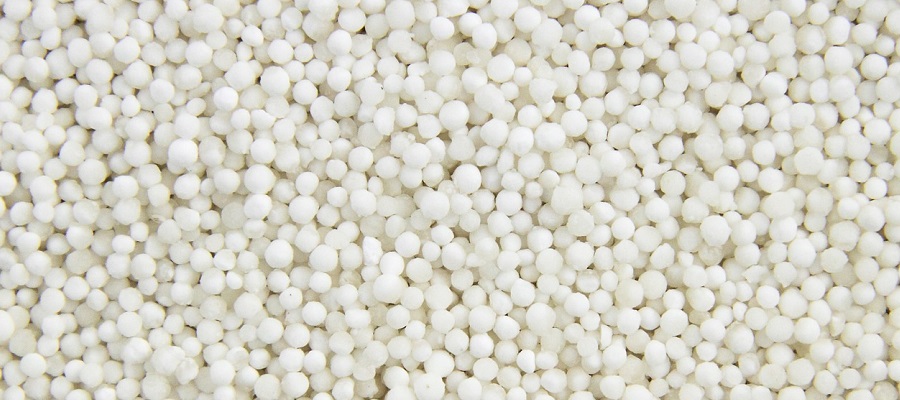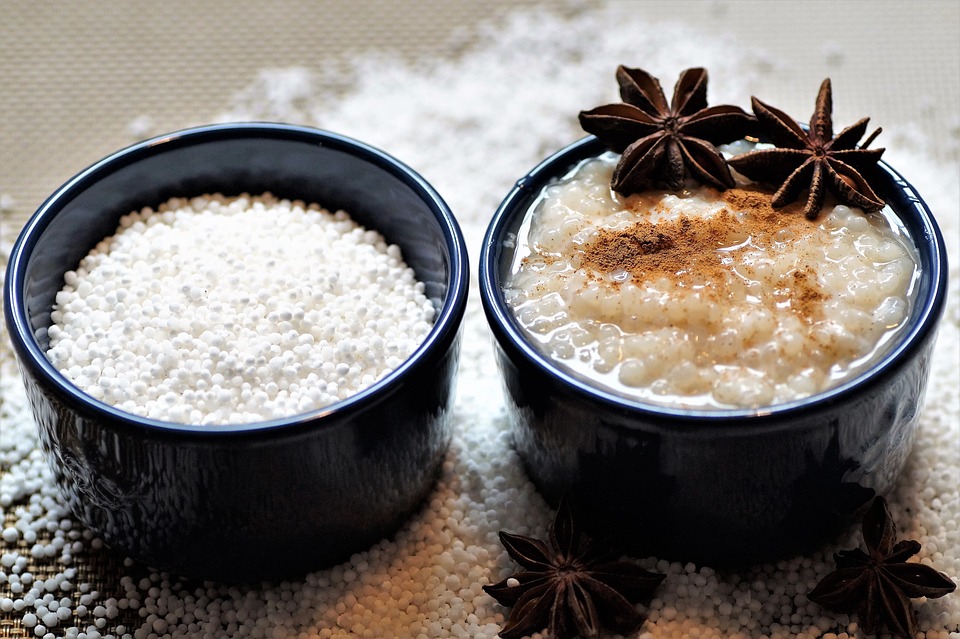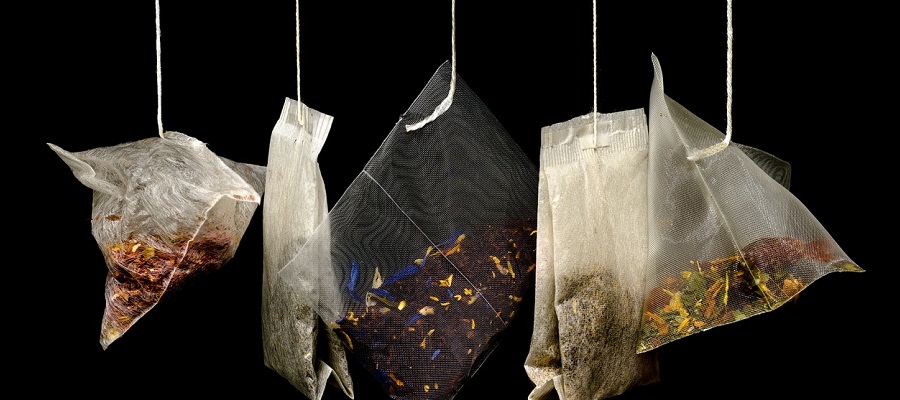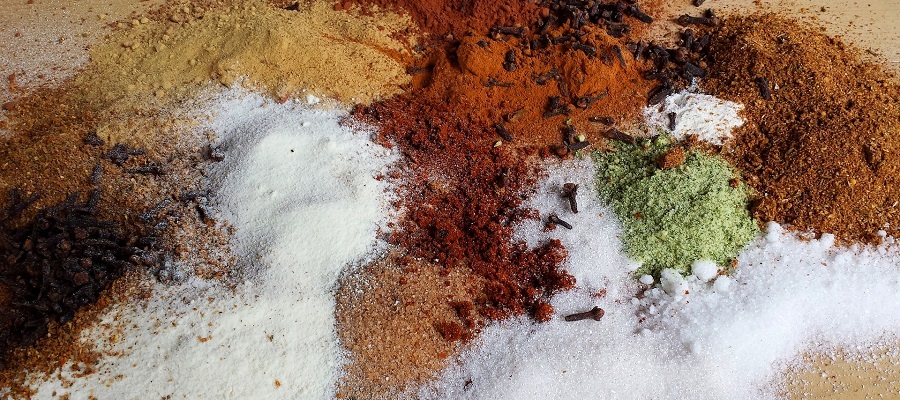Tapioca is a starch extracted from cassava root . It is extracted from the root of the manioc, which was already cultivated by the Mayans. Tapioca is particularly good in terms of tolerability: it contains no allergens and is gluten-free. Tapioka is a real alternative for people who suffer from gluten intolerance. In the trade, tapioca are obtained mainly in the form of small tapioca beads, which have a diameter of about one to three millimeters.
The production of Tapioca
Tapioca is obtained from the brownish root tubers of the manioc, a tropical shrub. The root canals consist of 35 percent starch, which is later processed into tapioca. Firstly, the tuber must be detoxified, since toxic blue-acid glycosides are contained in crude manioc. For this purpose, the conical tuber is crushed and watered several times. Subsequently, the mass is strongly roasted. The remaining poisons evaporate completely. The result of the protracted process are manioc flour and tapioca starch.
How to use Tapioca
Picture fromPixabay
Tapioca can be used like conventional starch for the thickening of soups, sauces and desserts. Tapioka has long been an integral part of many desserts in Asia. Let yourself be inspired and try our delicious tapioca pudding with pineapple, mango and crispy coconut chips!



